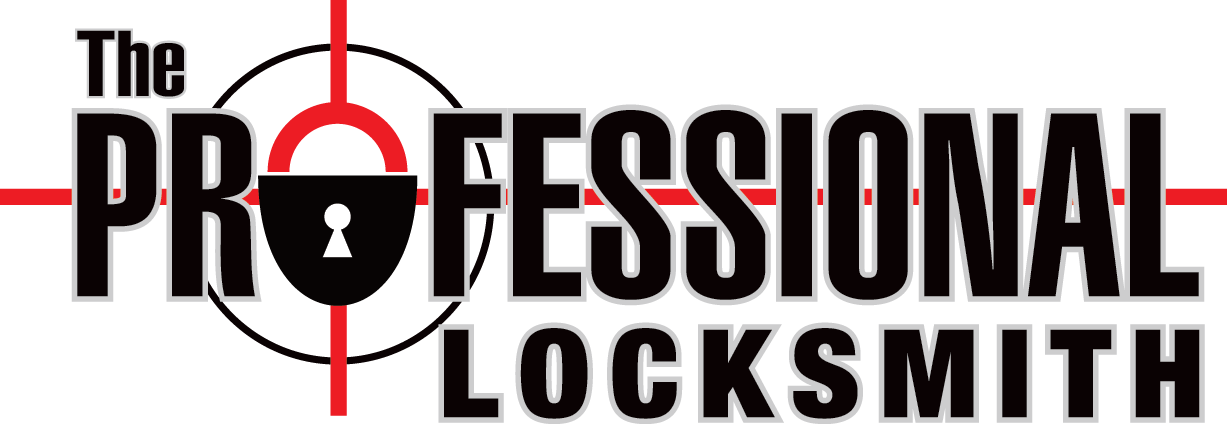Rekeying your locks is an effortless and cost-effective way to improve the security of your home. You can do it yourself with a rekeying kit, or hire a local locksmith to complete the work for you.
A keyed lock has a plug that holds several pins, known as driver pins and key pins. When the key is inserted into this plug, it forces the driver to pins up and down to match any cuts in the key.
Remove the Cylinder
Cylinder locks are a widely-used type of door lock, available for both residential and commercial applications.
If your cylinder lock is malfunctioning, you may need to replace it. Although this could be a costly expense, be sure to do it as soon as possible in order to protect the structure of your home from further harm.
Before you begin, it is essential to know how to take out your lock cylinder. The process is relatively straightforward and should take only a few moments.
Remove the Knob
Door knobs are a widely-used method to secure a door. Usually, they feature two screws on either side that help keep the knob securely attached to the frame.
However, some doorknobs lack set screws on either side. These are known as screwless doors and tend to be more costly than their conventional counterparts.
To take these knobs off, you will need a flat-head screwdriver and some patience. Once all of the screws have been taken out, the knob should come off easily.
Remove the C-Clip
The C-Clip is a type of ring used to secure pin assemblies in modern door knob or lever locksets. Removing it is necessary before your cylinder can be rekeyed by an experienced locksmith.
When taking out your wedding ring, you'll want to use the appropriate tools. These include a remover tool, needle-nose pliers, and a small flathead screwdriver. Utilizing these instruments makes the job much simpler. To take out the ring from its center using your pliers, pinch it in half and apply moderate pressure before pushing outward.
Remove the Follower Tool
Before you can begin rekeying your lock, you must remove the follower tool. This instrument is typically included in comprehensive rekeying kits and helps protect top pins and springs from falling out when taking out the cylinder plug.
Kwikset's follower is a small, hollow brass tube that fits inside the plug cavity. This holds the springs and pins securely in place, allowing you to push the plug out of its cylinder.
Remove the Pins
Rekeying your locks is an effective way to safeguard your home and guarantee no one can access your property without authorization. This step is particularly necessary if you change housekeepers, pet sitters, or babysitters.
Rekeyed locks are a great idea when moving into a new home or office building. Before settling in, rekey the locks on your doorknobs, deadbolts, and levers to make sure no one else has access to them.
Rekeying your locks is an efficient and cost-effective way to enhance their security. Compared with replacing an entire lock set, rekeying takes only minutes and offers many benefits.
Replace the Pins
Most door locks feature a cylindrical plug that holds multiple pins and springs. These pins vary in length to enable keys to fit inside and turn the lock's keyhole.
Rekeying your lock requires replacing pins that correspond with the cuts on your new key. While this step may be tedious, it's essential for keeping your key secure and functioning optimally.
Rekeying kits can be found at hardware stores and home centers. Generally, they include replacement tumbler pins, several keys, as well as special tools (plug follower, cylinder follower and ring remover) to assist you with the rekeying of your lock.
Replace the Cylinder
When replacing the cylinder of your lock, it's essential to know how to do so correctly. Doing so can help avoid damaging your lock and allowing for a security breach.
Replacing a cylinder usually necessitates the removal of the knob and the use of specific tools. If you don't possess these items, a rekey kit that includes all the necessary pieces can be purchased for convenience.
